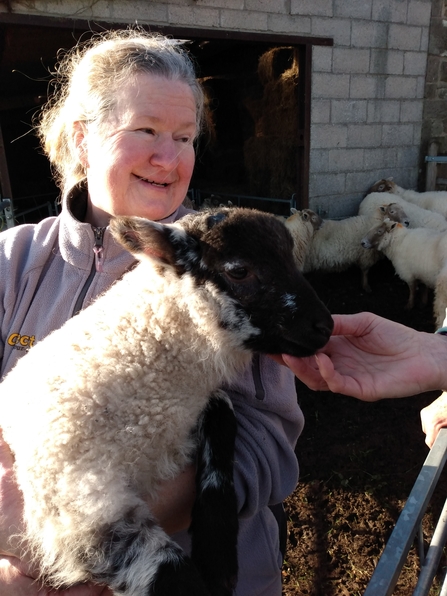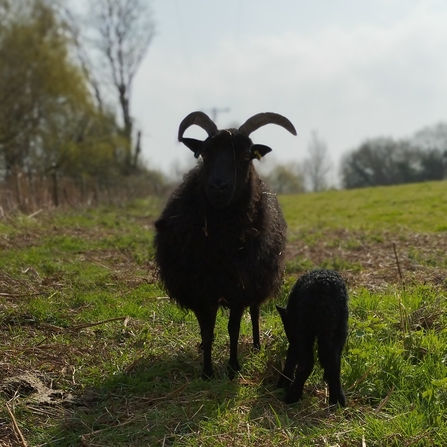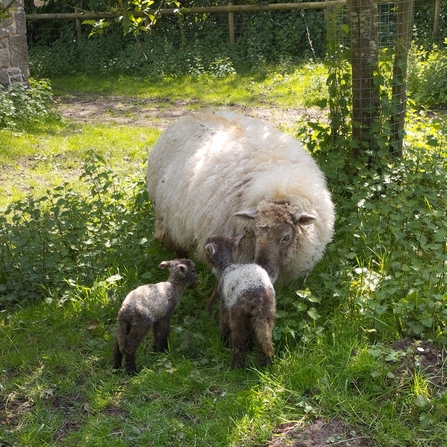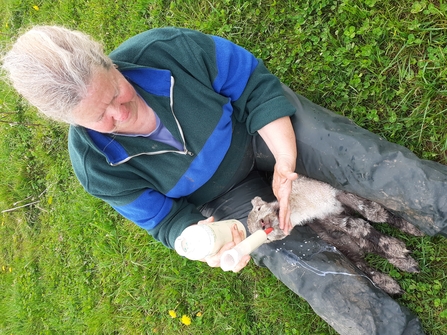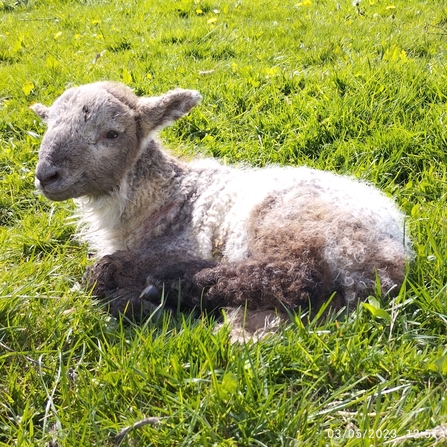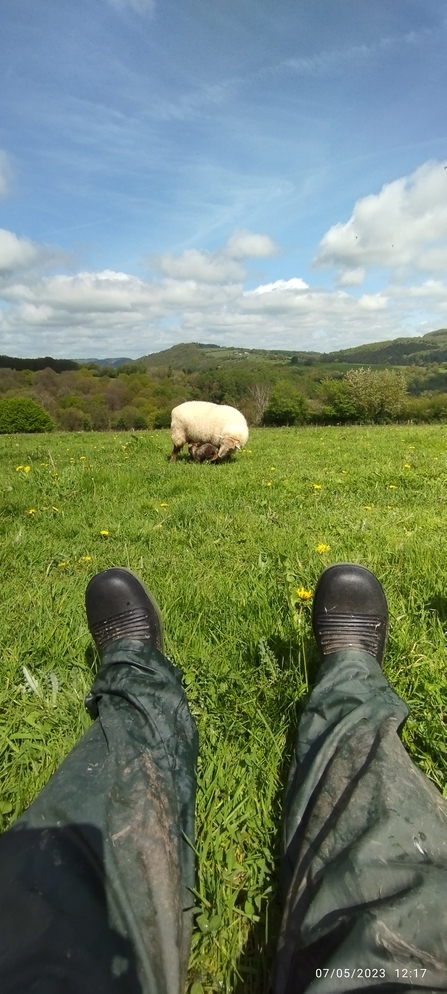I’m a volunteer shepherd and livestock checker for Gwent Wildlife Trust (GWT), having joined in December 2010. Prior to that, alongside a busy Registered Nurse career, for 11 years I volunteered on a local college’s large farm estate. I primarily worked with the sheep, but was also heavily involved in the general day to day care of all the livestock - a lot of sheep (!), the dairy herd, calves, a small beef suckler herd, and occasionally over the piggery. I loved every minute, but changes led me to join GWT which I’ve never regretted.
It’s been fascinating to increase my knowledge from the experienced and supportive GWT staff, in learning the value of good conservation grazing management; not only to hopefully reduce climate change and benefit wildlife, but the huge benefits reaped by grazing livestock. The diverse, natural, pastures promote much healthier and happier animals; greatly reducing need for chemical based medicinal treatments.

